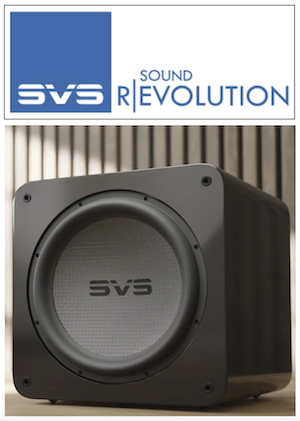Onkyo Reveals Its New TX-NR686 and TX-NR585 7.2 AV Receivers
(Onkyo) Onkyo's new TX-NR585 (upper left) and TX-NR686 AV receivers(April 11, 2018) Onkyo has introduced two new members of its 2018 class of Network AV receivers. The TX-NR686 and TX-NR585 both offer 7.2-channels of performance and carry affordable price points that post south of $700.
Headlining the duo is the TX-NR686, which boasts THX Certified Select status and 100 watts of power per channel (8 ohms, 2ch, 20Hz-20kHz). While the TX-NR585 doesn’t carry THX certification, it still offers a healthy 80 watts per channel of performance. Because both are 7.2-channel capable, owners can use either receiver to drive a 5.2.2 immersive speaker arrangement or two separate zones of speakers (one 5.2 and the other stereo). Additionally, the inclusion of Chomecast built-in, DTS Play-Fi, and FlareConnect allows the TX-NR686 and TX-NR585 to run whole-home wireless audio systems tapping both analog and digital sources.
Sound-wise, both receivers offer onboard decoding of Dolby Atmos and DTS:X, along with Neural:X and Dolby Surround immersive upmixing solutions. And, of course, legacy codecs such as Dolby TrueHD and DTS-HD MA are covered as well. On the Hi-Res Audio front, compatibility is offered for 5.6 MHz DSD and 192 kHz/24-bit FLAC, WAV, AIFF, and ALAC over network or USB input. And a wide array of built-in music streaming options is headlined by Amazon Music, TIDAL, Pandora, and Spotify, in addition to AirPlay and Bluetooth.
Users can control playback using Onkyo’s Onkyo Controller app, Music Control app, or a traditional remote control.
Sound quality is enhanced by Onkyo’s own AccuEQ Acoustic Calibration package, which includes AccuReflex technology that phase-matches directional and non-directional sound on Dolby Atmos speaker systems. Internally, Onkyo touts its front left and right channel VLSC (Vector Linear Shaping Circuitry) as crucial to enjoying stereo sound devoid of high frequency noise.
On the video front, both models carry six rear HDCP2.2 capable HDMI 2.0x inputs, a single HDMI output, and full compatibility with modern 4K video technologies. That means owners can enjoy 4K/60p content with various HDR formats (HDR10, Dolby Vision, and HLG) and up to BT.2020 color. A single (seventh) front side HDMI port on the TX-NR686 isn’t 4K ready, but can be used for convenient connections with non-4K devices.
The TX-NR686 carries an MSRP of $649 ($899 CAN), while the TR-NR585 costs $549 ($749 CAN). Both are available for purchase now.











